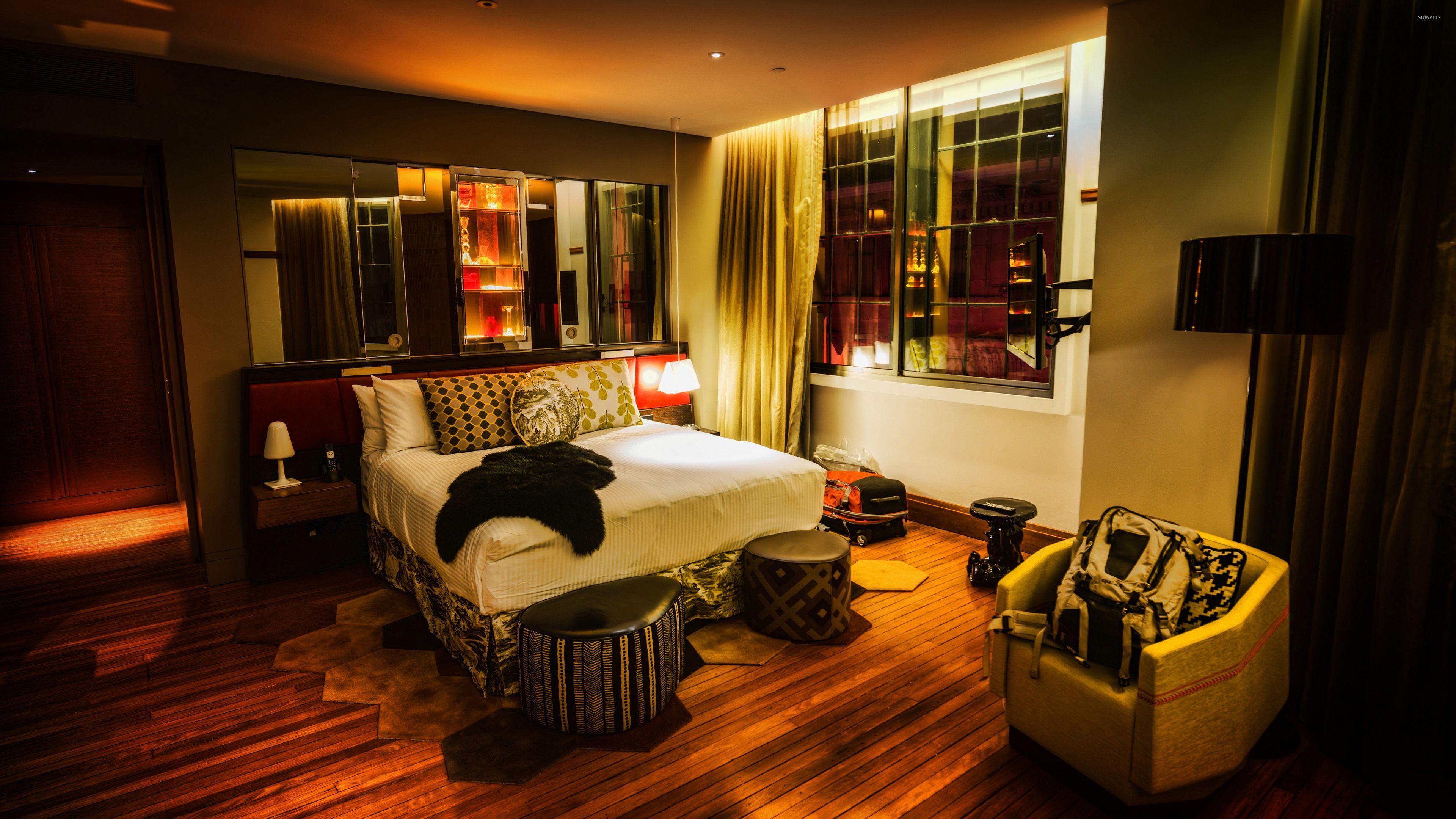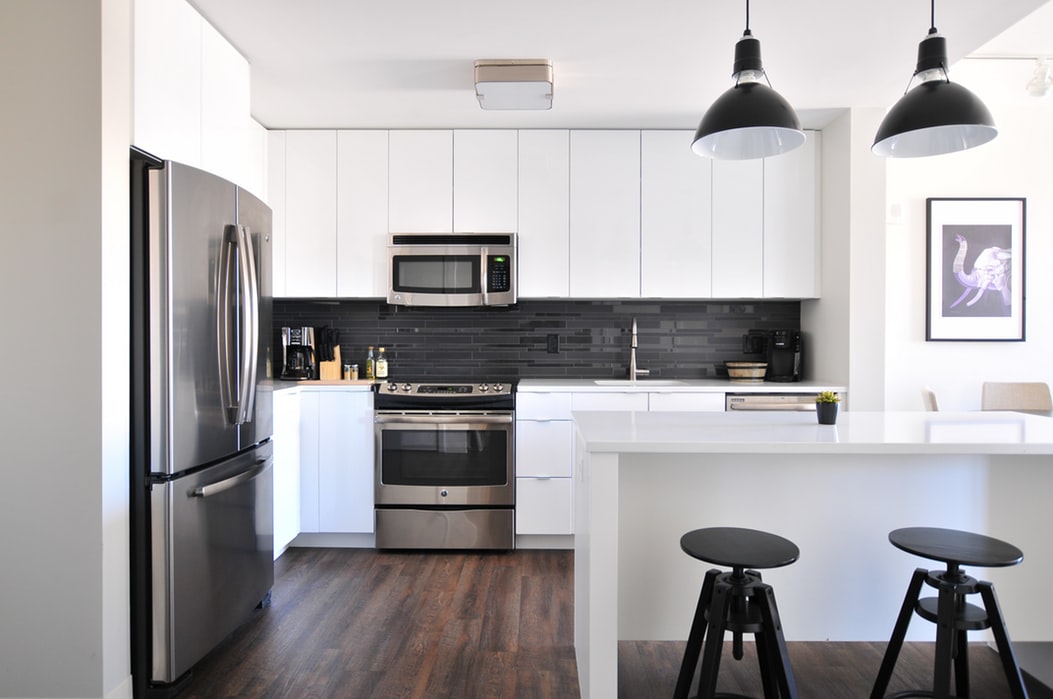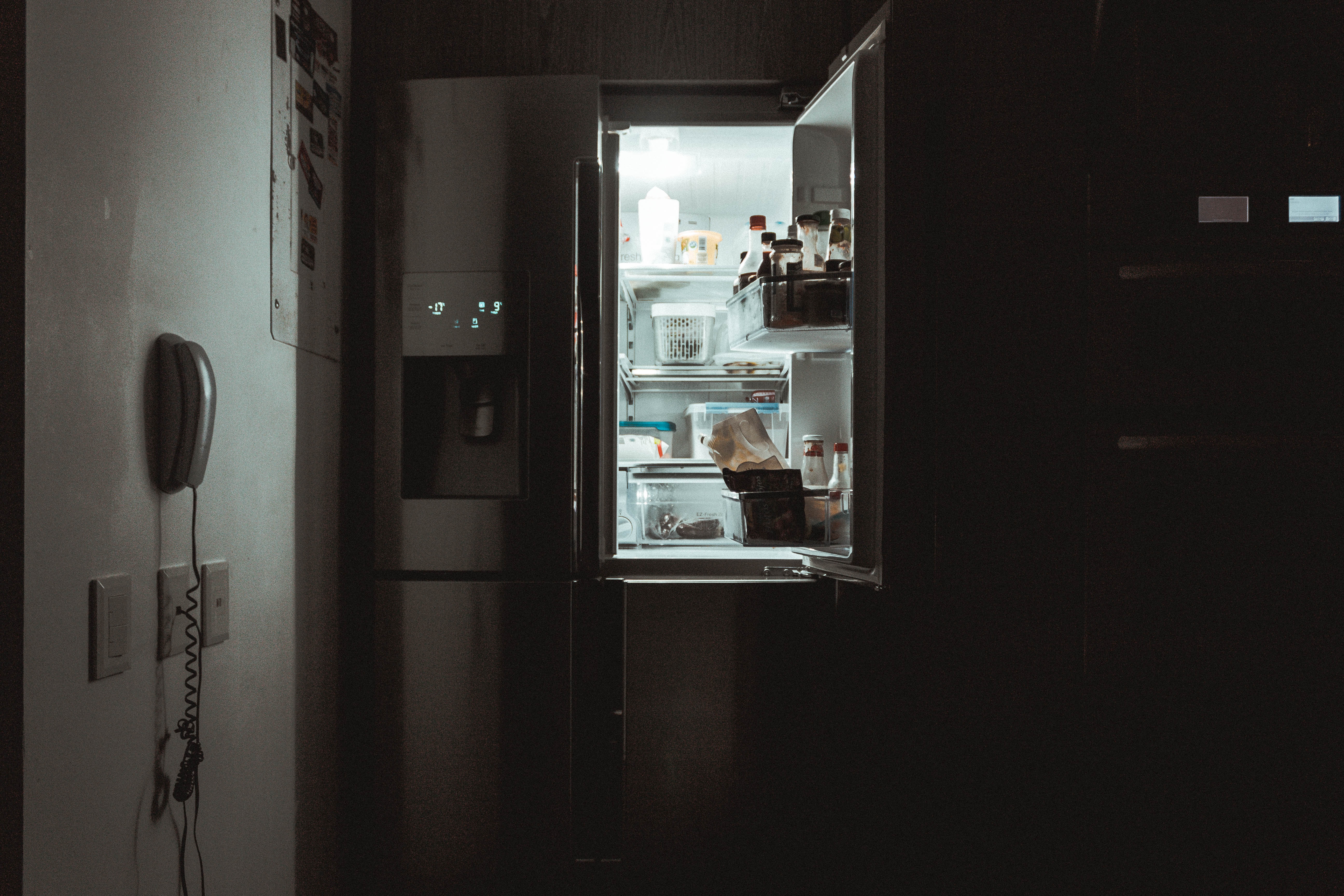Energy Savings For Your Home
Our business customers count on us for energy to power every moment of every day, and for solutions to power a sustainable tomorrow. We want to encourage you to be energy efficient.
Lighting

Appliances

Refrigerators and Freezers

Electronics
